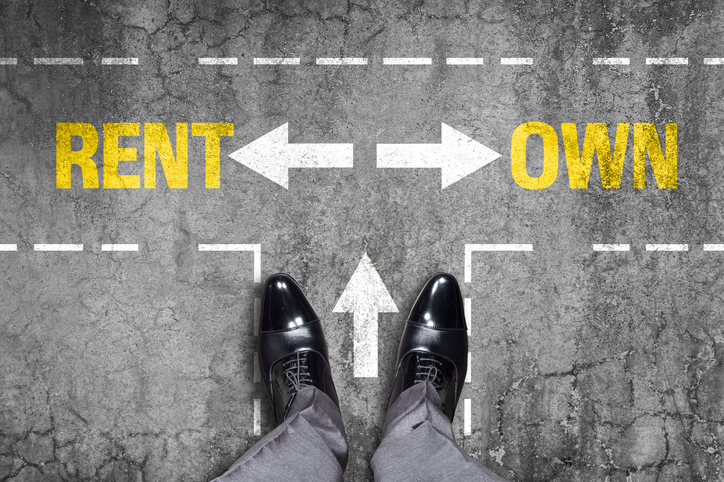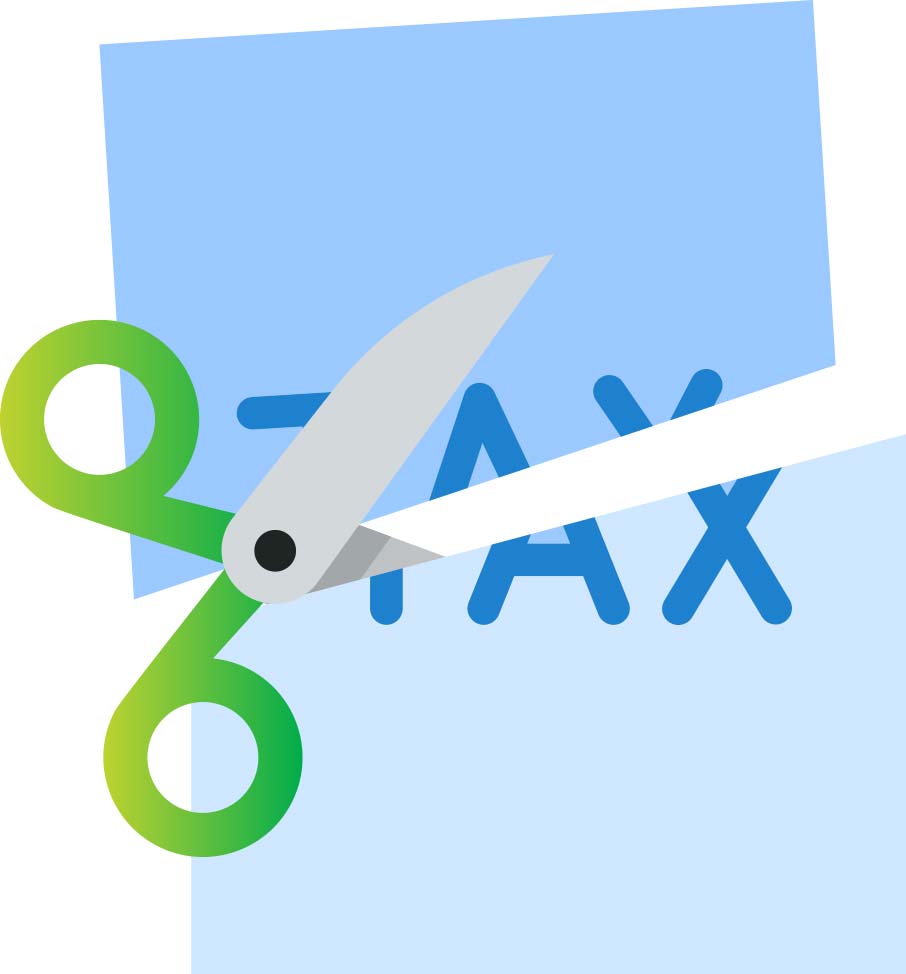Nov 25, 2021 by Mark Dingley
Although the new financial year seems far away, it’s never too early (or late) to start thinking about tax time. After all, choosing whether you want to invest in new equipment or wait until the following tax year is not a decision that should be made at the last minute.
This decision is even more urgent for small to medium sized businesses, many of whom count down the days until the $20,000 instant asset write-off (a tax break that is, arguably, one of the best for small businesses here in Australia).
Were you aware that buying equipment isn’t your only option? Manufacturers also have the ability to lease it.
Whilst owning your own equipment can be highly appealing, leasing has become more popular than you probably thought – GE Capital report that up to 85% of small to medium businesses lease their equipment.
So, here’s the question – should you lease or buy?
As with everything, there are many factors that need to be considered – plus, both options will have advantages and disadvantages depending on your business situation.
In order to help you make the best decision, we’ve covered some of the key pros and cons of each option:

Leasing your equipment frees up capital as well as providing the flexibility to upgrade to new technology when it becomes available, but it may end up costing you more in the long run.
Advantages
One of the main advantages to leasing is that it frees up significant capital for your business, especially smaller ones as it will enable you to acquire assets without spending your whole budget up front. Equipment leases very rarely require a large deposit, which allows you to start using it without interruptions to your cash flow.
If your business is just starting out or even growing, you’ll then be free to use that capital in other areas (like building your team). If you’re looking to expand your business but can’t afford to purchase the new coding, labelling and packaging equipment you need, leasing can be an attractive alternative
Were you aware that you can deduct the full lease payment for your equipment as a business expense on your annual tax return? This reduces the net cost of your lease. When you buy and finance equipment, on the other hand, you’re only able to deduct the interest portion as an expense rather than the principal amount that you’re paying on the loan. Please note that we recommend speaking with your tax accountant or advisor for advice before proceeding.
Were you aware that leases are generally easier to obtain than loans for buying equipment outright? This can be a real advantage if your credit isn’t great or if you’re looking for more flexibility around your payment plans. On top of this, the monthly payments for leasing are often smaller than loan repayments, which can be a huge help when it comes to budgeting.
As with most technology, that related to manufacturing is moving fast. Thanks to automation and the Internet of Things, it can sometimes feel like you’ve barely switched the equipment on before it’s become obsolete. If the equipment you’re using is likely to become outdated quite quickly, leasing can be a wise option. Instead of being stuck with equipment that’s outdated, you can update it to the newest model and enjoy all the benefits (such as greater efficiency, increased productivity, less risk, and ease of use).
Speak with your equipment provider for more details, as your contract may specify upgrades or you may have to wait until the end of the lease.
Depending on the terms of your lease, it can sometimes end up being more expensive than buying the equipment outright. It’s also worth noting that you won’t build up any equity in the equipment, which means that you won’t be able to use it as collateral for a business loan.
Whilst you might be able to claim your lease as a business expense, you can’t claim any depreciation deductions on your tax return. Unfortunately, when it comes to tax, you’ll win some and you’ll lose some *shrugs*.
Another potential downside is that you’ll need to continue making payments for the duration of the lease, even if you stop using the equipment (if the terms of your lease don’t include upgrades). Whilst some providers will give you the option to cancel the lease in situations where the equipment is no longer required, you will need to factor in early termination fees.
Whilst ownership and its related tax benefits make buying equipment a highly attractive option, the high initial investment and risk of obsoletion can prove to be real barriers.
Advantages
The fact that you’ll gain ownership of the equipment is the most obvious advantage of buying it outright. When the equipment has a long, useful life ahead of it and is unlikely to become outdated in the near future, this is the biggest benefit.
You may actually be able to receive some tax savings from the Australian Tax Office through depreciation deductions. It’s worth noting that not all equipment purchases will be eligible for this – again, we recommend speaking with your tax accountant for further advice.
Disadvantages
For some businesses, buying equipment outright simply isn’t an option due to the high initial outlay. Financing isn’t always possible either, as most lenders require around a 20% down payment – which is still a lot of money for some. Obtaining finance may also place restrictions on your future financial operations to ensure that you’re able to repay your loan in a timely fashion.
Whenever you purchase high-tech manufacturing equipment, you run the risk of it becoming technologically obsolete. In this case, you might be forced to reinvest in brand new equipment before you originally planned to (or can afford to).
That really is the question. And every situation is different. There are 5 questions you should ask yourself to help you determine which option is best for you:
Upgrading your facility and investing in new technology can make a real difference to your bottom line. Talk to the team at Matthews if you want to explore the options of leasing and buying equipment – we're here to help.
